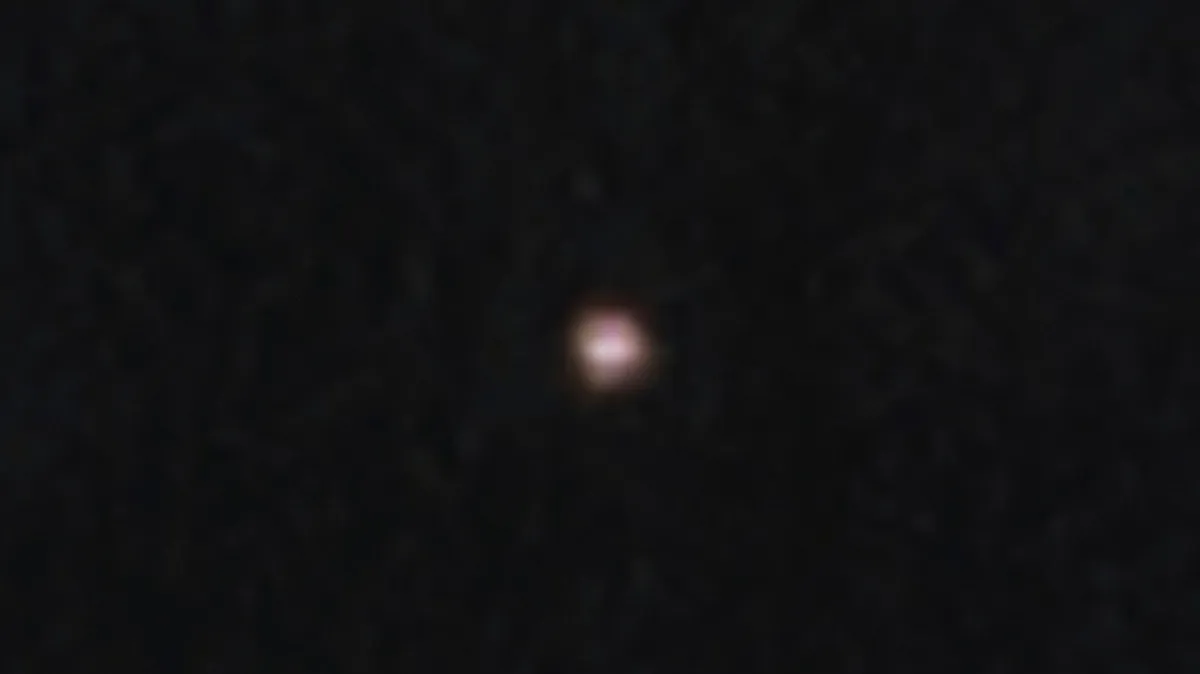
Astronomers have captured a significant glimpse of the city-killer asteroid, designated as 2024 YR4, before it vanishes from view until 2028, as reported by NASA. Initially assessed with up to a 3.1% chance of impacting Earth in December 2032, recent observations have successfully ruled out the possibility of a collision during that time frame.
NASA is diligently observing 2024 YR4 to gather as much information as possible before it becomes invisible by mid-April. According to Kelly Fast, a planetary defense officer at NASA, the asteroid's distinctive elongated orbit allows it to travel around the sun and into Earth's vicinity, only to eventually drift far out between the orbits of Mars and Jupiter.
Utilizing the James Webb Space Telescope—the most powerful telescope ever launched—NASA's Center for Near Earth Object Studies has successfully captured images of this asteroid. Recent infrared observations have revealed that 2024 YR4 measures between 174 feet and 220 feet in diameter, comparable to a 10-story building. Although it is currently not projected to strike Earth in 2032, the probability of it hitting the moon during that timeframe stands at 1.7%, according to NASA.
The asteroid was first detected on December 27 by astronomers using the ATLAS telescope at the University of Hawaii. Fast explained that even when this asteroid passed through the inner solar system, it did not always come close to Earth, which explains why it was only recently identified. Its size and potential impact have earned it the title of a city-killer, as its collision with a populated area could result in significant destruction.
For context, in 1908, the similarly sized Tunguska asteroid caused extensive damage by flattening trees over approximately 1,250 square miles after exploding in the skies above Siberia. Currently, NASA has been assigned by Congress to locate asteroids exceeding 450 feet in length, as these have the potential to inflict regional damage in the event of an impact.
At present, 2024 YR4 has a 1.1% chance of striking Earth on December 22, 2047. According to Davide Farnocchia, a navigation engineer at NASA's Jet Propulsion Laboratory, a probability exceeding 2% for an asteroid strike is rare. Nevertheless, astronomers remain vigilant in monitoring this asteroid closely, emphasizing the importance of preparedness. "We don't want to take any chances," Farnocchia stated, highlighting the ongoing commitment to planetary defense.